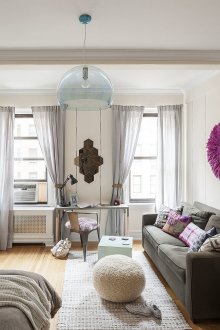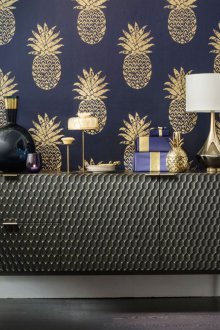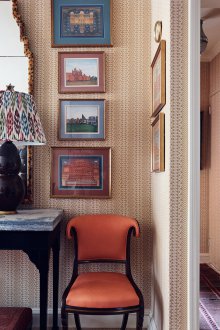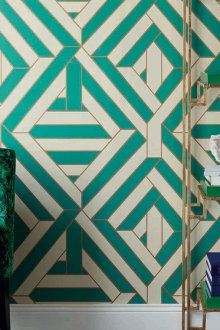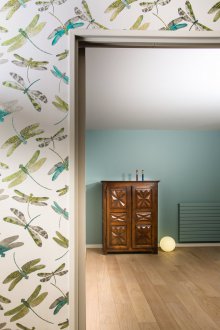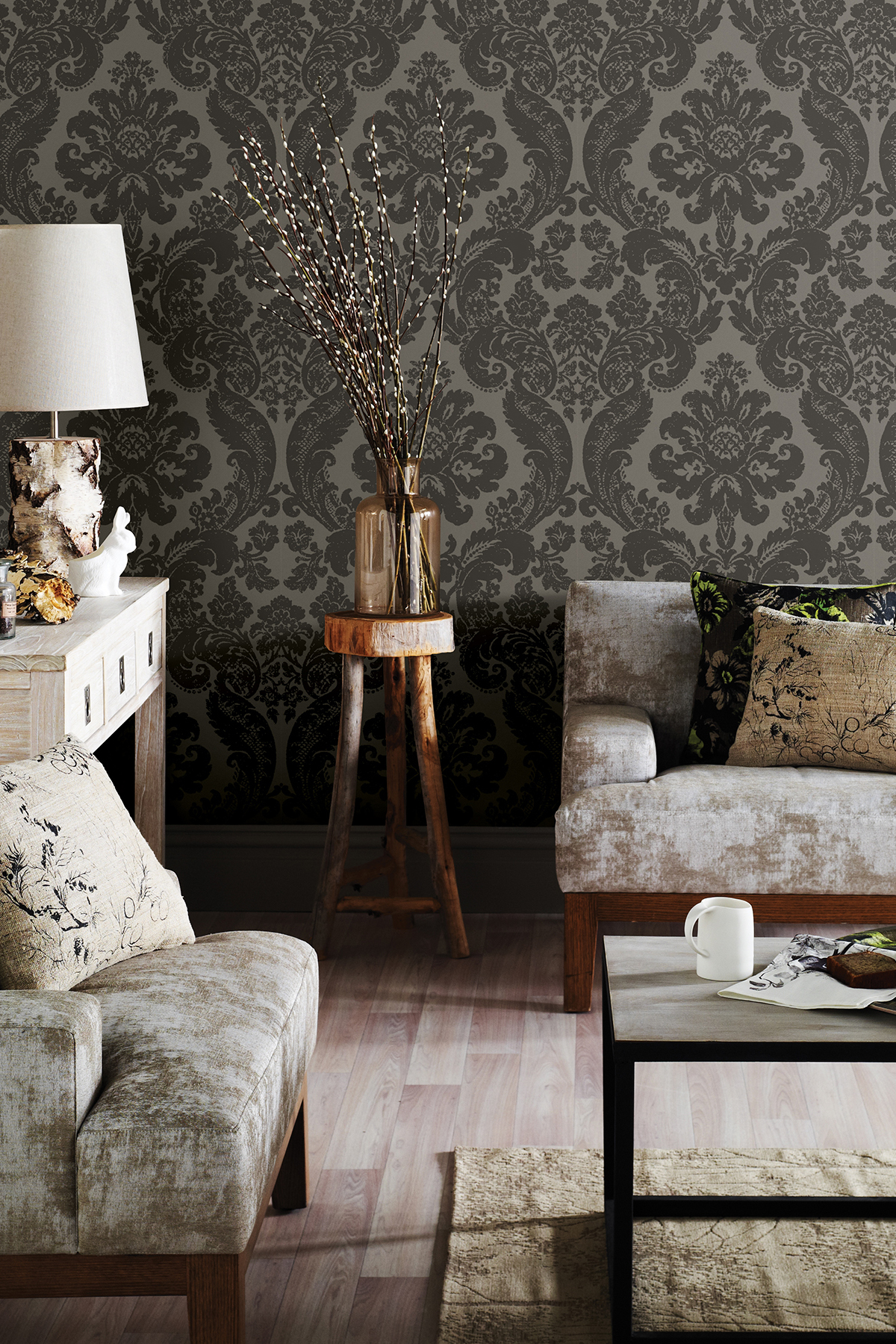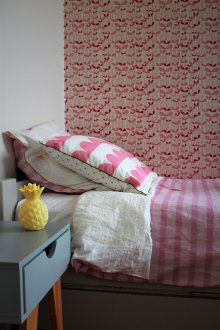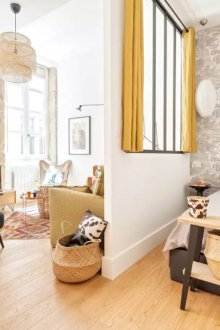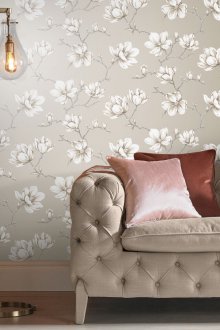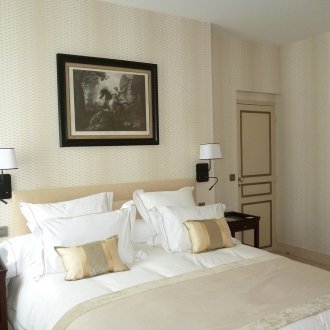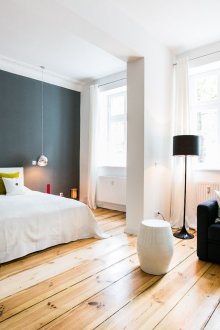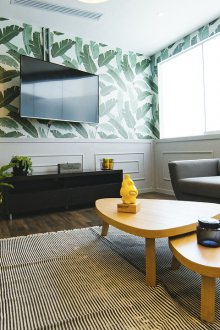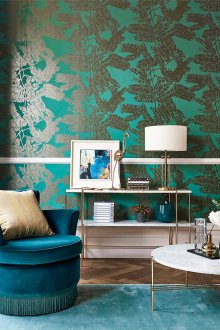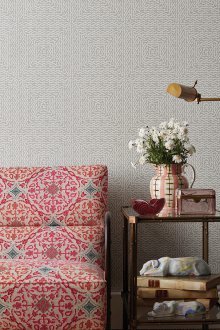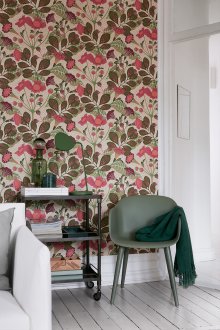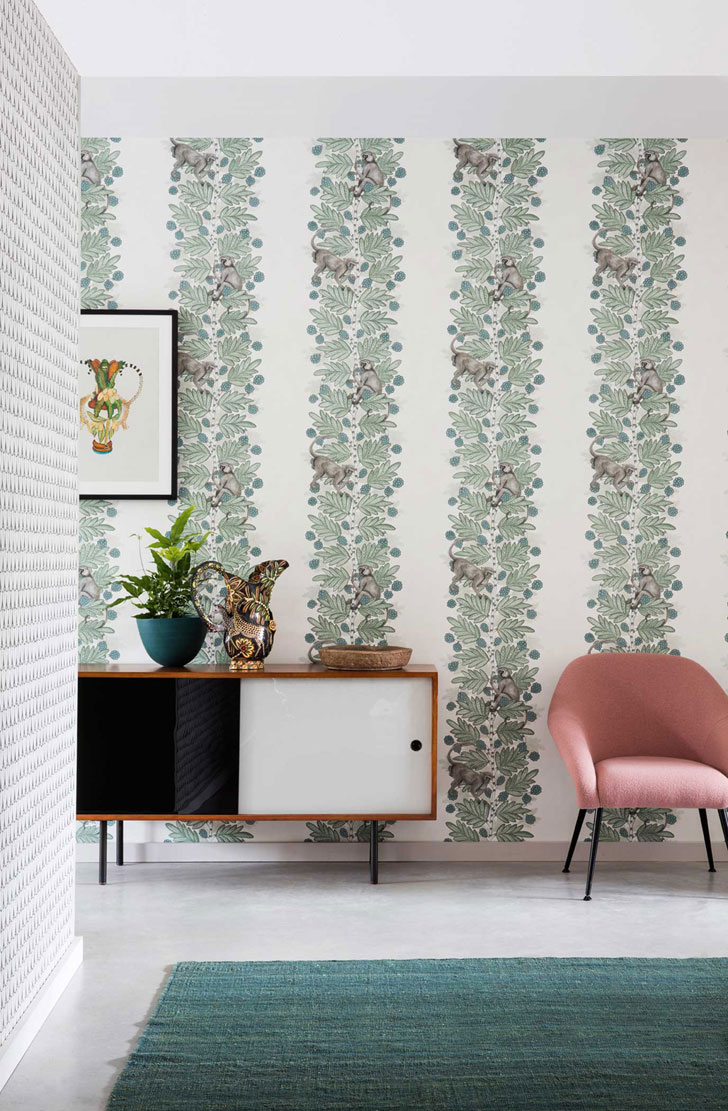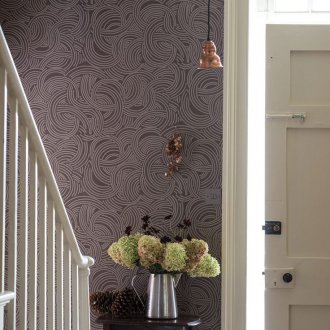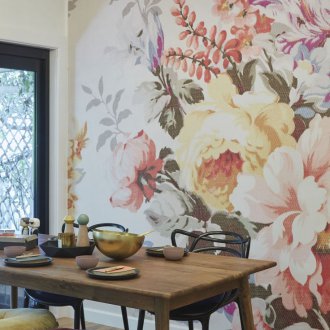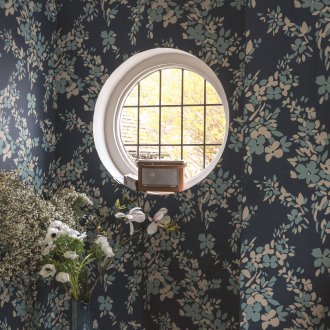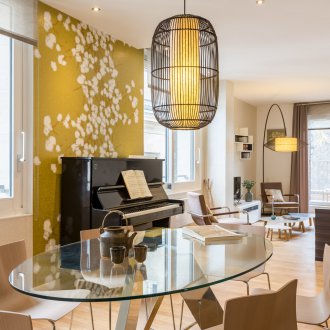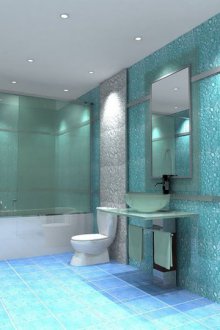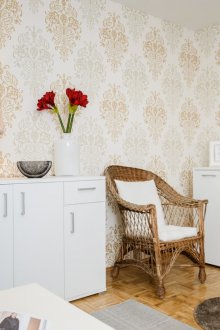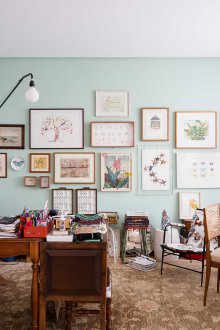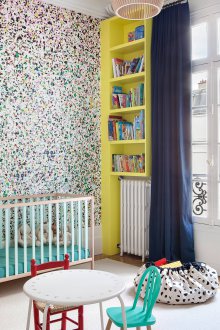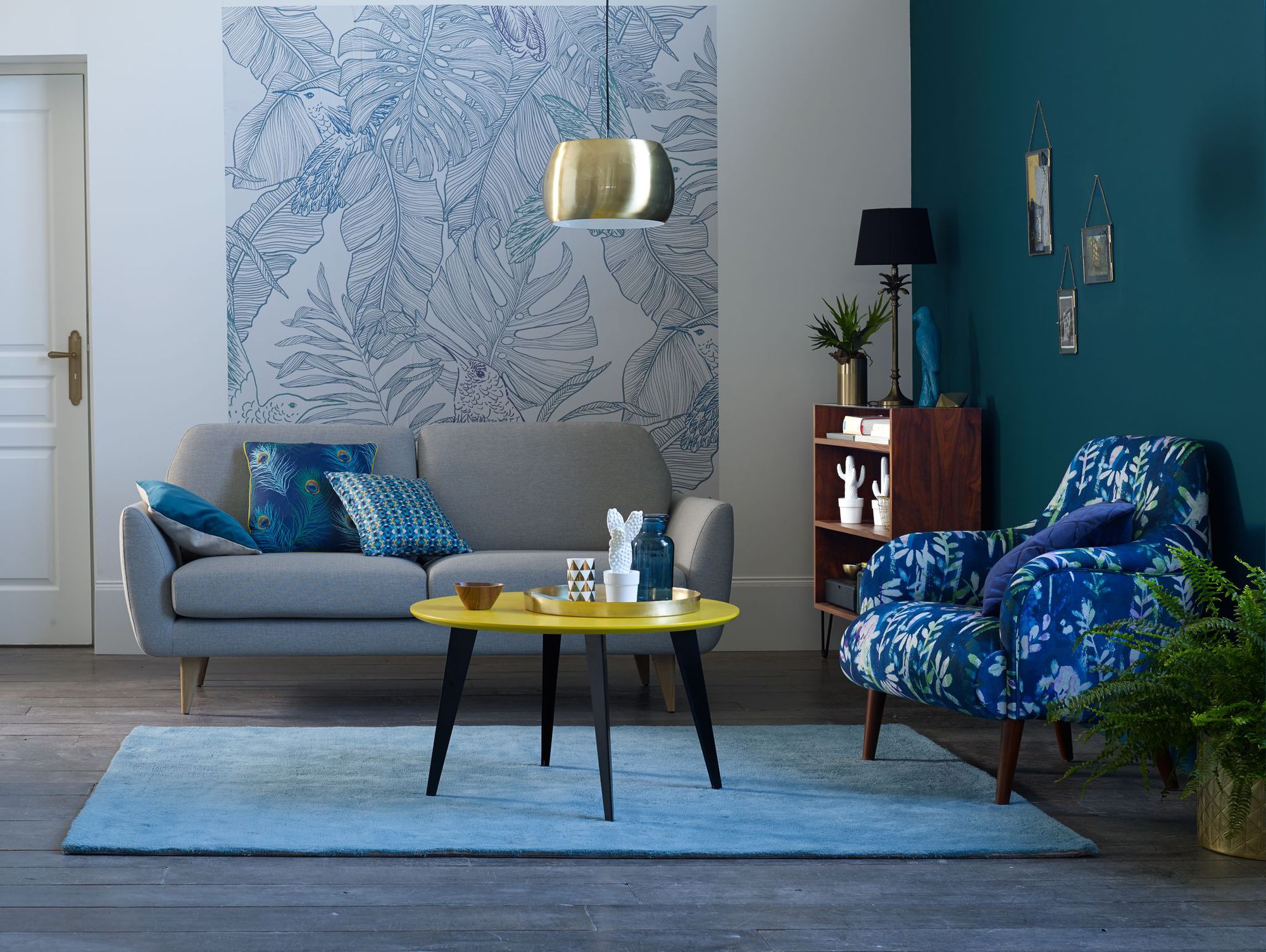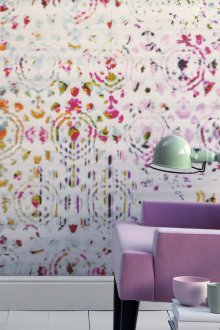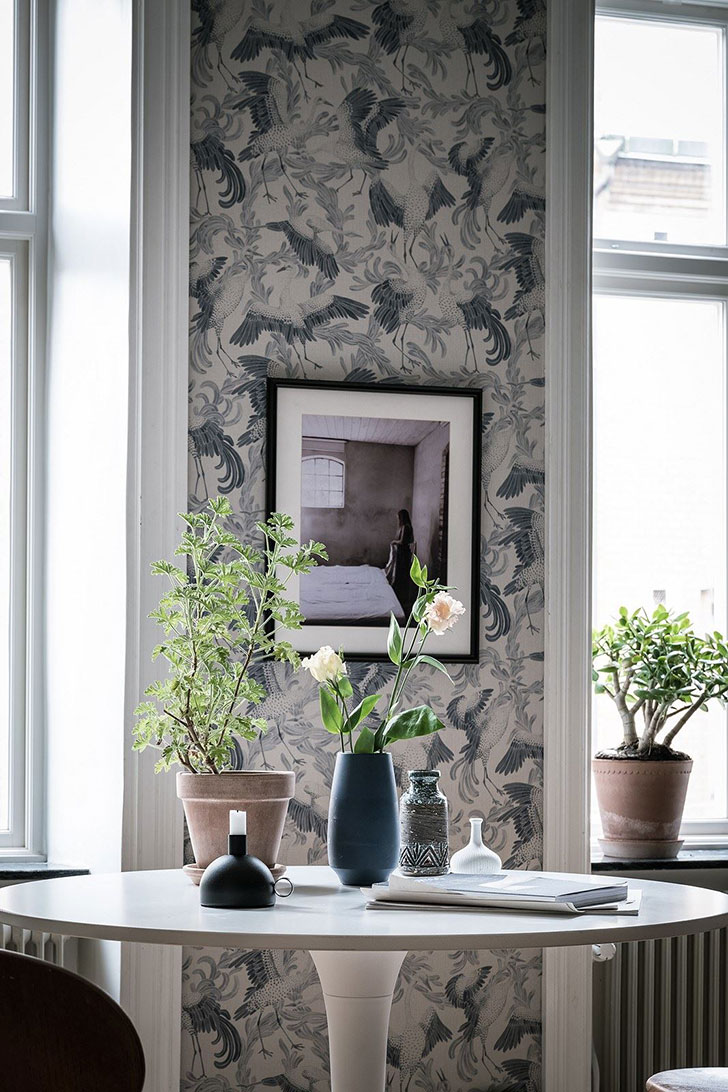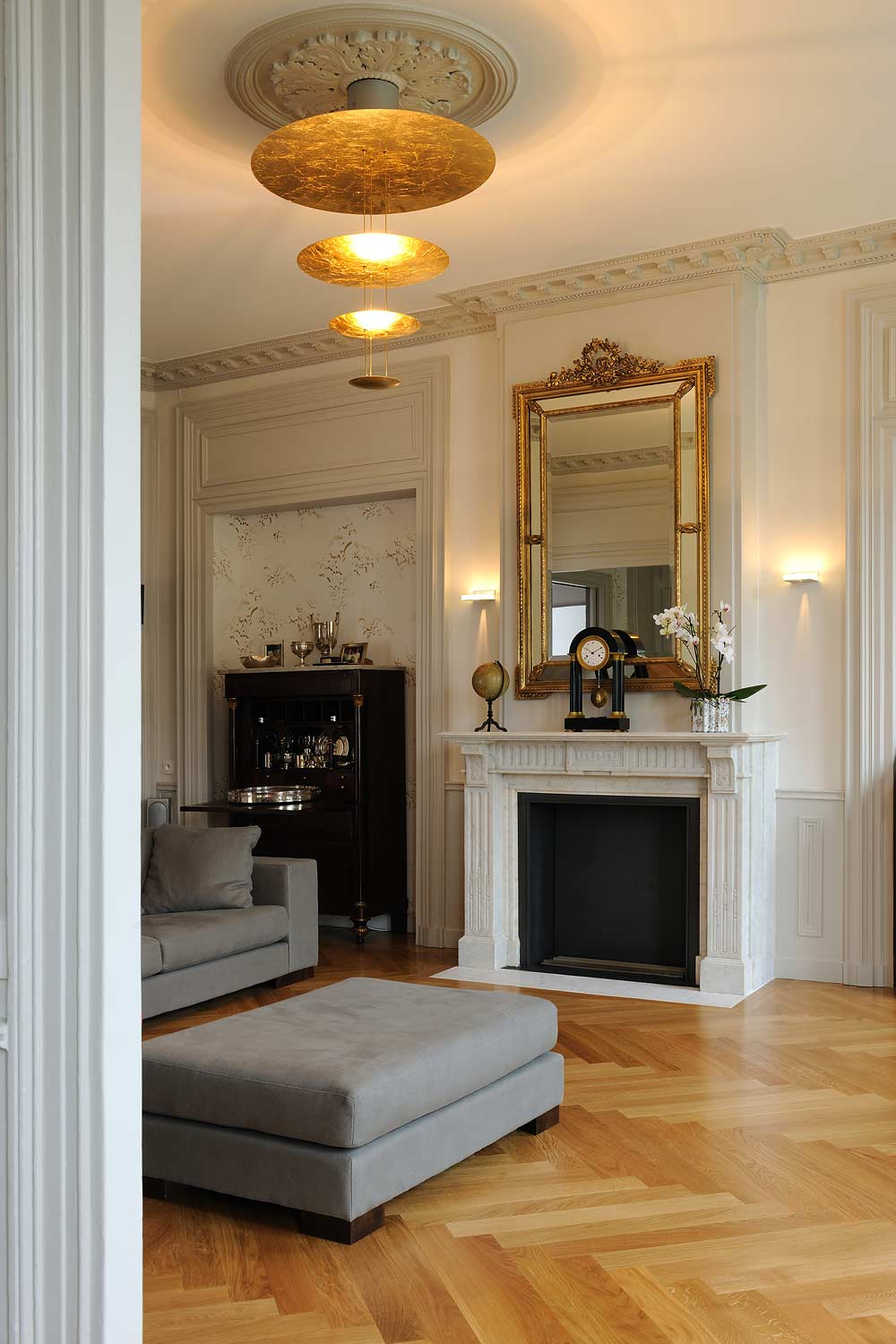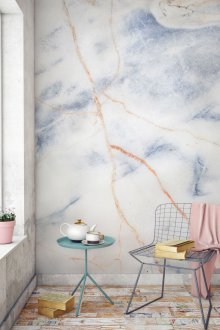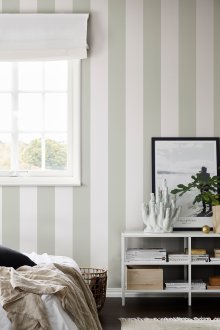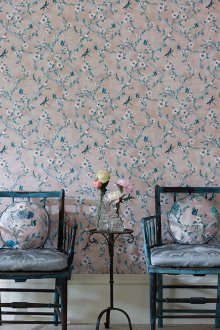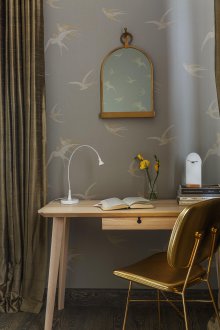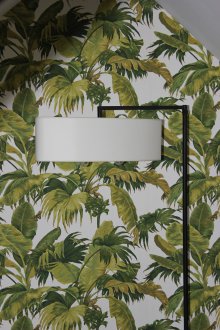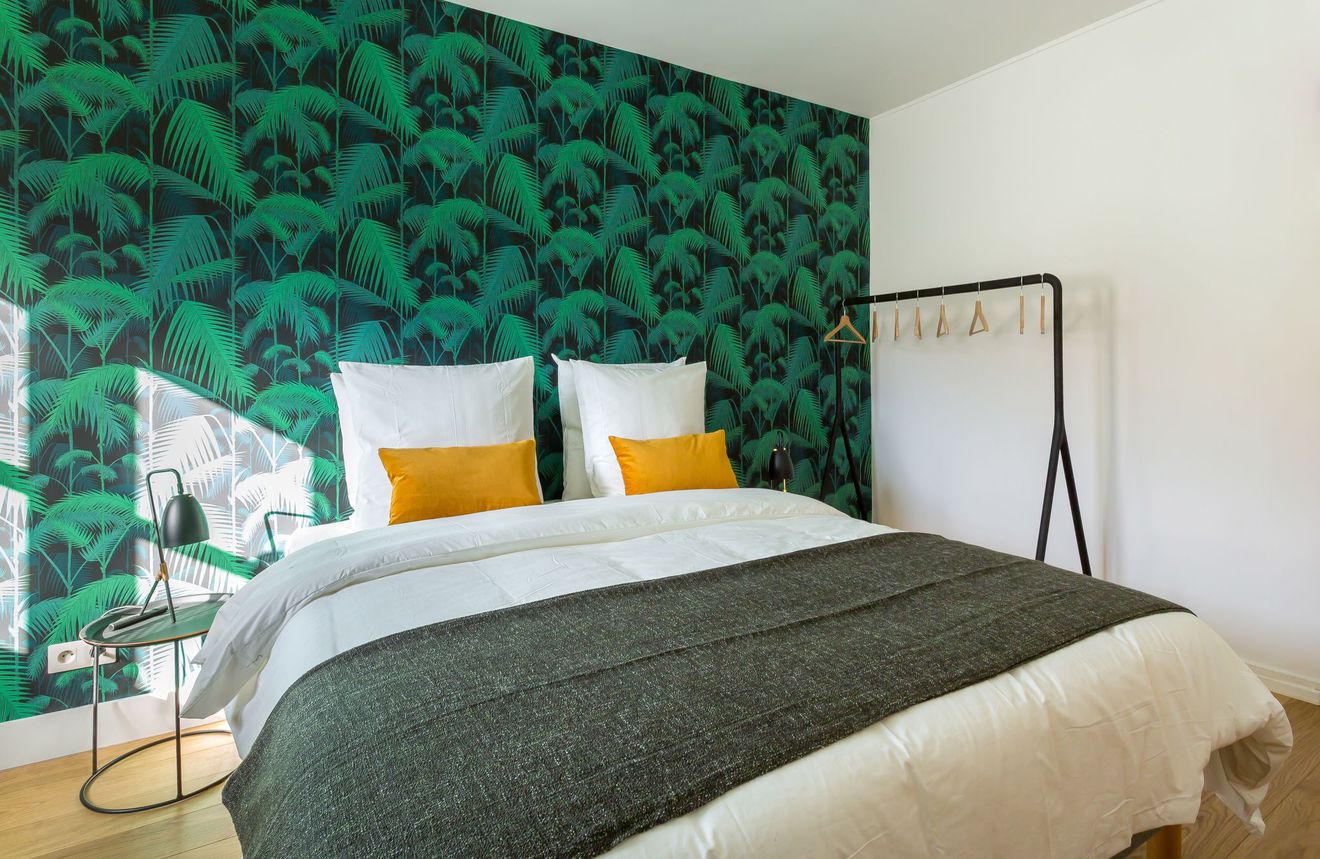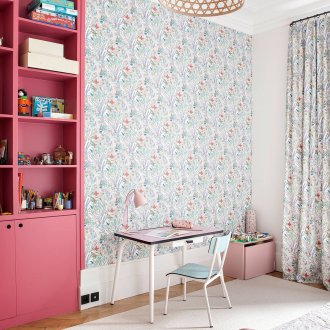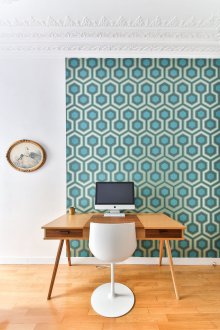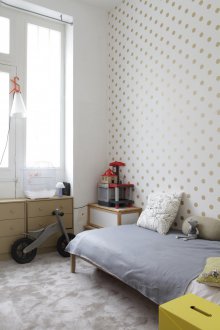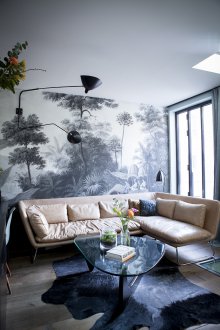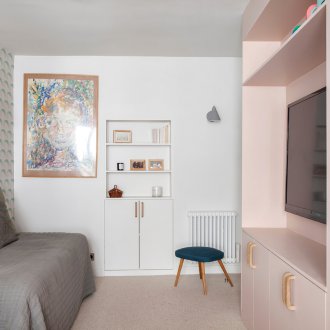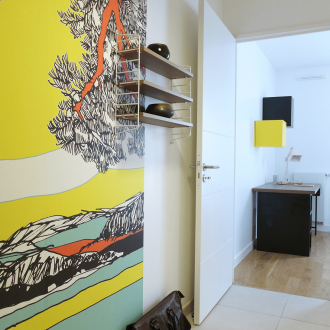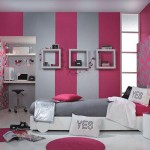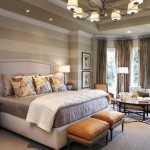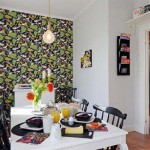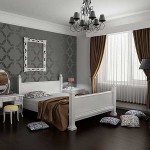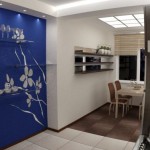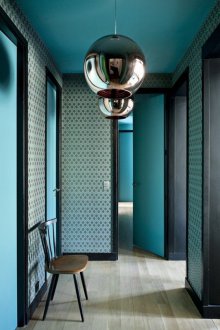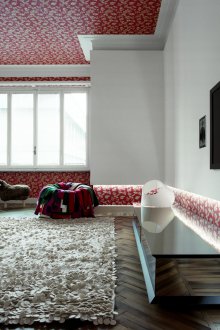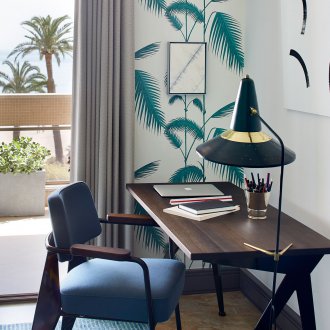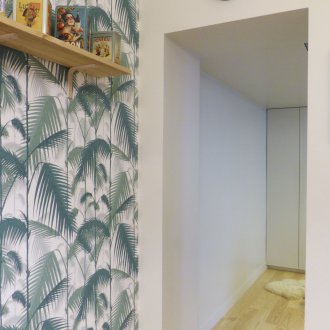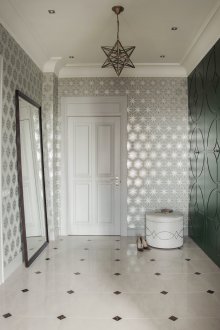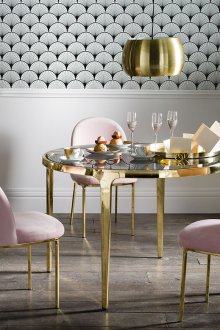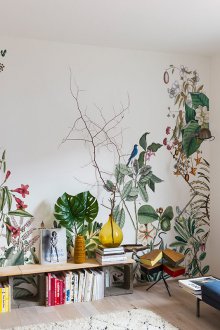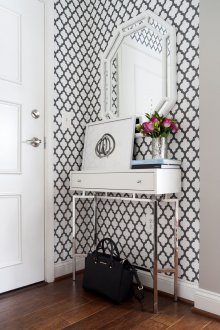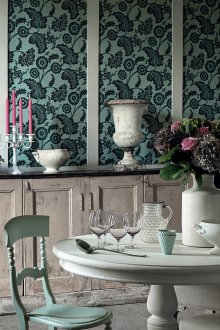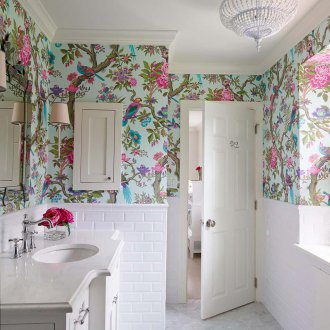Choosing a wallpaper: creating a harmonious space (63 photos)
Content
“They are greeted by clothes,” the Russian proverb tells us. The clothes of the apartment, of course, are the wallpaper. Indeed, they are immediately evident when we enter a new room. Moreover, when the question of repair arises, the first thought: “which wallpaper to choose?” Personal preferences are in the first place in this matter, but there are several nuances that must be taken into account when buying. They will be discussed.
Briefly about the main thing: types of wallpaper
Wallpaper is made from completely different materials. The physical characteristics of the wall covering depend on this: lightfastness, moisture resistance, removal and gluing technologies. Most construction stores offer us the following types of wallpaper:
- paper
- vinyl
- non-woven,
- cullet,
- liquid wallpaper,
- photo wallpaper.
The most economical, but impractical option is paper wallpaper. They “breathe” easily, absorb moisture in the room, and are also easily deformed. Despite all the shortcomings of other types, paper wallpapers remain the best sellers so far.
Vinyl wallpapers are presented in stores in a huge variety of textures and colors. They are quite durable, insensitive to sunlight and moisture resistant, so they are suitable for the kitchen and even the bathroom. The disadvantage of these wallpapers is the high coefficient of linear tension. They can disperse at the seams at extremes of temperature and humidity.
Non-woven wallpaper is most often designed for painting. They do not deform - they are not subject to compression or stretching. This type of decorative coating has a reinforcing effect - it smoothes microcracks.
Cullets, in their characteristics, are significantly superior to other types. They are not only durable, practically not deformed, moisture resistant, but also support the indoor microclimate. Cullets are made of fiberglass, so microorganisms cannot develop in this form of wall covering. Wallpaper is fireproof, and have a reinforcing effect, that is, smooth out all cracks and bumps in the wall. The only negative, such wallpapers are intended only for painting. They are perfect for creative people, as they provide an opportunity to show imagination.
Liquid wallpaper is a new type of decoration materials in our country, which is easy to use and has an interesting texture. They are often confused with decorative plaster. Such wallpapers have antistatic properties - they do not collect dust on themselves. A significant advantage - they have no joints, because they are applied like paint using a roller.
Wall mural - an interesting solution for interior design. It is easy to turn a room into a part of an exotic beach or get a gorgeous view of New York with this type of wallpaper. They are made of paper, so they do not have any special characteristics. But it becomes unprincipled when the first thing you see in the morning is the breathtaking landscape.
The choice of wallpaper depends on the room in which they will be used. It is important to consider the degree of humidity and the amount of light in the room. Pictograms on a roll will tell you what qualities a wallpaper has. This is especially important when choosing a wall covering for your kitchen or bathroom.
Visually change the space
The color and texture of the walls is the basis for the visual correction of the room. There are a number of design tricks that can expand the space.Even a small room can be turned into a spacious one, given the properties of flowers.
Color
The main rule when choosing the color of the walls in a one-room apartment is to choose light colors. Cold shades visually increase the space, while warm shrink them. The favorite when decorating the interior of a small room is beige. It not only visually increases the space, but also fills the room with cosiness.
Drawing and texture
Drawing and texture produce the same visual effect on space. To visually expand the room, use a small drawing or texture. Large elements on the wallpaper will give the opposite effect. A small room allows the use of a large element for the decor of only one wall.
Combination
The combination of colors, patterns or textures is becoming increasingly popular in modern design. It not only adds zest to the interior, but also contributes to visual correction. There are a lot of combination options - textures, materials, colors are combined among themselves. The main options for combining:
- Use of vertical lines. They combine vertical stripes of contrasting or close color, one texture / pattern or different. This is a great solution for rooms with low ceilings.
- Using horizontal lines. There are two options. The first is similar to a combination of vertical lines. The second - the lower part of the wall is decorated with wallpaper with a frequent pattern, the upper - plain with the same color.
- Highlighting one wall with color, pattern or texture. Usually, the emphasis is on the wall, which has furniture or home appliances.
- Highlighting the main part of the wall. In this decision, the wall is not completely allocated, but only its main part. The edges, as a rule, remain the same color as the entire room. Reception is a private option for the full selection of the wall in a different color or texture.
- The allocation of functional areas. Ideal for a studio apartment. The allocation of a workplace or sleeping area lies in based zoning space.
- Using wallpaper of a different color in a niche. Using a cold color will allow you to move the wall away and focus on what is located in it.
Conclusion
In conclusion, I would like to say that this seemingly insignificant issue should be approached more than seriously. You should be comfortable in the house, decorated in the selected color scheme. This is the main condition when choosing a wallpaper.

